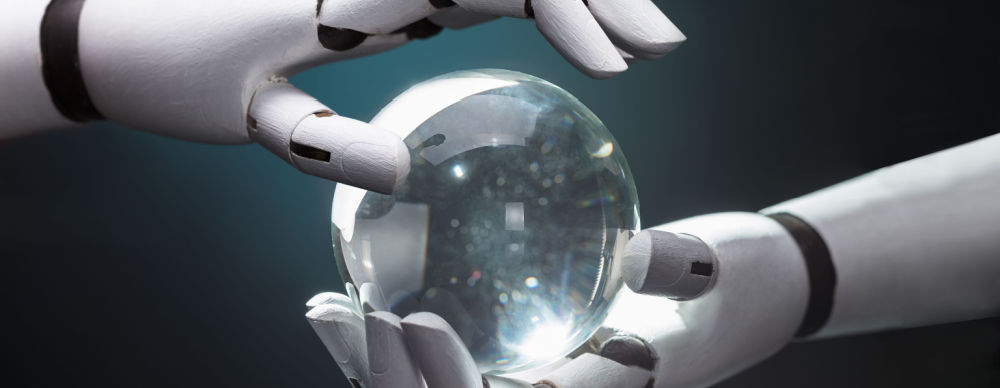Benjamin Franklin famously said there were only two things certain in life: death and taxes. As 2022 draws to a close we can probably add with some certainty three more, the UK’s transport system collapses at the first fall of snow, England suffer penalty heartache at major tournaments, and every media outlet worth its salt will dust off a crystal ball and produce predictions for the new year.
The tech sector is no different.
Some predictions pan out and others, with hindsight, have been so wide of the mark that they make Decca’s reason for turning down the Beatles (“We don’t like their sound, and guitar music is on the way out”) seem like a sound business decision.
Who could forget Bill Gates claim in 2004, that spam would be eliminated within two years? Or Microsoft’s Steve Ballmer predicting in 2007, that there was no chance that the iPhone would gain any significant market share. Also, in the running for the ‘most wide of the mark’ prediction award is DEC founder, Ken Olsen, who in 1997 simply could not see any reason why anyone would want a computer in their home. But surely the overall winner is the editorial in the February 1995 edition of Newsweek, which heavily suggested that the Internet is no more than a fad and will die out. The same year incidentally that Robert Metcalfe, founder of 3Com, predicted the internet would go ‘spectacularly supernova and in 1996 would ‘catastrophically collapse’.
So, what are the soothsayers predicting for 2023?
Firstly, the mass adoption of cloud computing continues apace, with Gartner, Inc. forecasting that in 2023, worldwide public cloud spending will grow 20.7% to total $591.8 billion, up from $490.3 billion in 2022. Much of this increase is being driven by artificial intelligence (AI), the internet of things (IoT), changes in working practises and the need for businesses to operate in a more sustainable way as they seek net zero solutions. It has been suggested that with the right expertise and operational efficiencies, carbon emissions can be cut by as much as 80+% by utilising cloud.
According to an IDC survey, 83% of respondents agree sustainability is the most important criteria in IT buying decisions. By 2025, IDC expects 85% of organizations will see a 35% increase in sustainable efficiencies by using software and cloud-based infrastructures. Because cloud service providers aggregate resources across their customers, they can achieve economies of scale that individual companies simply cannot.
Then there is the global recession. The need for businesses to drive down costs has probably not been greater during the recent past. Cloud computing is one tool in the cost savings armoury as it negates the need to invest in buying, owning, and managing expensive infrastructure. Factor in the on-hand expertise that comes with buying from a trusted vendor such as vXtream, and that helps keep recruitment, training, and talent budgets predictable and under control.
Another trend predicted for the cloud space is the move to a multi cloud strategy. In simple terms, its means that organisations are becoming more fearful of putting all their digital eggs in the same digital basket. Multi cloud offers greater redundancy, flexibility and potentially cost savings, as an organisation can port services to take advantage of more cost-effective solutions. It is suggested that over 80% of large businesses will have adopted multi cloud by the end of 2023.
But moving to the cloud is not without issues. 2022 has seen a massive rise in cybercrime from ransomware to denial of service (Dos) attacks, and this coupled with the flexible hybrid working patterns adopted during the pandemic has heighted the fears around tech security.
So, you probably don’t need to be Mystic Meg to work out that 2023 will see the need for increased investment in cloud security and resilience.
As a result, spending on cyber security and building resilience against everything from data loss to the impact of adverse weather conditions will become even more of a priority during the coming year. So much so that Gartner predict that by 2024, organisations that adopt a cybersecurity network architecture will be able to reduce the financial costs of security incidents by an average of 90%.
So, there we have it. Nothing too bold or head turning – just a simple, yet logical set of predictions for 2023. But there is just one more we’d like to add to the list and that is this.
Whatever your cloud computing requirements, from storage to security, no matter how big or small, we predict vXtream will be able to help you



Comments are closed.